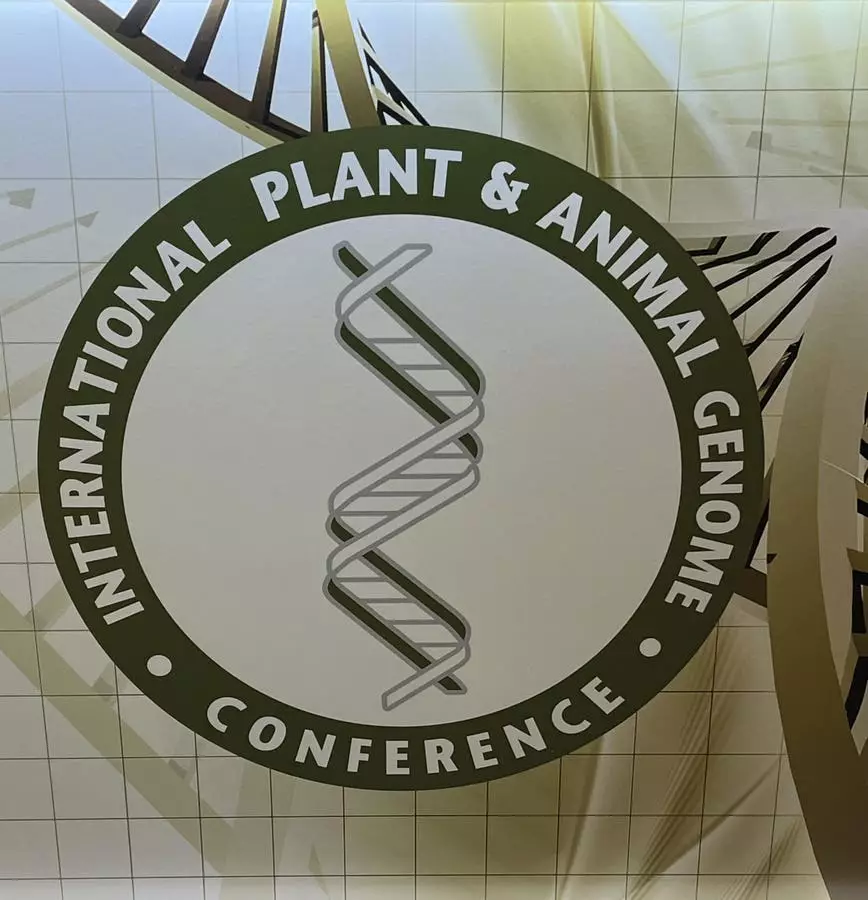The bustling city of San Diego was the backdrop for one of the most significant gatherings in the field of genomic science, the Plant and Animal Genomics (PAG) conference, held from January 10th to 15th. This year marked the 32nd iteration of the conference, attracting nearly 2,400 participants from an impressive 65 countries. The event served not only as a platform for scientists and researchers to share their findings but also as a testament to the exponential growth and cross-disciplinary importance of genomics in today’s world. From agriculture to medicine and industrial biotechnology, the applications of genomic technologies are manifold and impactful.
The Significance of Genomics in Modern Science
Genomics, defined as the analysis of an organism’s DNA to decipher the complexities of its genetic code, serves as a crucial cornerstone for modern biology. Understanding the intricate web of relationships and functions encoded in genes offers the potential to revolutionize various fields, particularly agriculture. The significance of genomics stretches beyond academia, influencing practical applications that drive industries aimed at improving crop yields, enhancing livestock quality, and addressing global food security challenges.
The surge in investments from diverse sectors has dramatically transformed the economic landscape of genomic technologies. Just a decade ago, the costs of sequencing and analyzing DNA were prohibitively high, restricting access primarily to well-funded research institutions. Today, the trajectory has shifted, with the costs plummeting dramatically due to advances in technology and increased competition. For instance, the monumental Human Genome Project, which took 13 years and nearly $3 billion to complete, has now been dwarfed by companies like Illumina that can sequence a human genome for just about $200 within a matter of days.
Innovation in Sequencing Technologies
The adoption of advanced sequencing technologies is reshaping the possibilities within genetic research. Companies like Ultima are leading the charge with innovative machines that utilize silicon wafers—originally designed for the semiconductor industry—to read vast amounts of genetic data. This efficient integration of technology not only reduces costs but also accelerates research timelines, unlocking a myriad of genetic analysis opportunities that were previously unimaginable for smaller enterprises.
During the PAG conference, the buzzing exhibit halls and comprehensive workshops exemplified the thriving ecosystem of genomic research. With over 200 scientific presentations and numerous workshops, attendees were treated to a broad spectrum of case studies showcasing everything from crucial advancements in crop genetics to discussions on the implications of genetic modifications on society and the environment.
One of the most pressing areas of focus at the conference was the application of genomic tools in breeding techniques, particularly in light of climate change and the urgent need for sustainable agricultural practices. Three primary approaches were highlighted: Marker Assisted Breeding (MAB), Genome Editing, and Transgenic Crops.
MAB enhances traditional breeding by allowing researchers to identify desirable gene combinations without the need to cultivate large populations. This method is vital for crops with long growth cycles, enabling faster development of species with improved characteristics. Genome Editing offers a further refinement, enabling precise modifications of genetic material without introducing foreign DNA. This technique holds promise for developing crops that are more resilient to climate challenges.
Transgenic crops, despite facing regulatory hurdles in various regions, offer opportunities to introduce beneficial traits that can significantly improve agricultural outputs and sustainability. The regulatory landscape surrounding these innovations, particularly in the United States and Europe, was a focal point of discussion at PAG32, highlighting the complexities involved in the international acceptance and integration of these technologies.
The regulatory framework governing genetic modifications varies widely across the globe, impacting how genomic technologies are employed commercially. While the United States presents a relatively clear pathway for MAB, Editing, and Transgenic methods, other regions, especially the European Union, remain mired in uncertainties and stringent regulations.
This disparity highlights an ironic challenge for researchers who have pursued safety and caution in their innovations over the past several decades. Despite the advancements achieved through rigorous research, the absence of international regulatory harmonization poses significant constraints on the potential applications of these groundbreaking technologies. Nonetheless, the overarching goal remains to harness these powerful tools for beneficial purposes, particularly in addressing the pressing issues of climate adaptation and global food security.
The insights gleaned from the Plant and Animal Genomics conference underscore a pivotal moment in the trajectory of agricultural science. As genomics continues to advance at an unprecedented pace, the convergence of technology and biology promises to reshape the future of food production and sustainability. With the right investment in both research and regulatory foresight, the challenges of today may transform into the innovations of tomorrow, fostering an era where global dietary needs can be met more effectively than ever before.


Leave a Reply